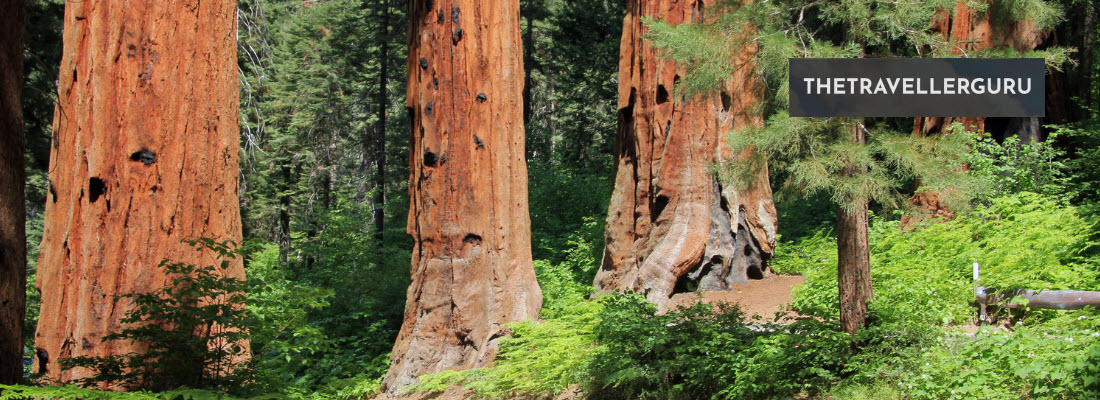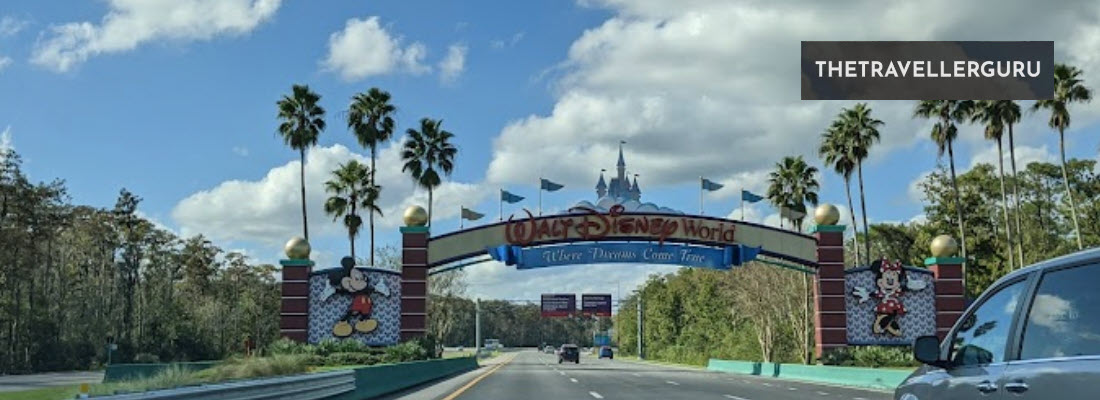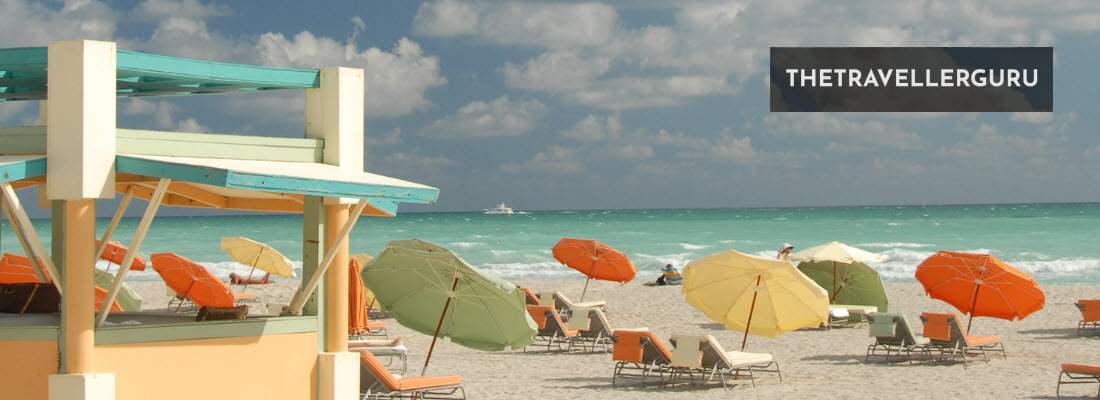Hey there my traveling adventurers and welcome to my post where we will check out my 8 best national parks in California this year. California’s national parks are a testament to the state’s diverse natural splendor. From the glacier-carved valleys of Yosemite to the ancient forests of Redwoods, these parks offer some of the most breathtaking landscapes in the United States.
Visitors can explore vast wilderness areas, witness stunning geological formations, and observe a variety of wildlife in their natural habitats. California has the highest number of national parks in the country, each offering unique experiences and adventures.
- Joshua Tree National Park
- Death Valley National Park
- Channel Islands National Park
- Yosemite National Park
- Pinnacles National Park
- Lassen Volcanic National Park
- Redwood National and State Parks
- Sequoia and Kings Canyon National Parks
Map Of California’s Best National Parks
Use this map to find the locations of the best national parks California has to offer in the post below:
Best National Parks in California
In my travels, I have been lucky enough to visit many of the parks below and have found them to be so diverse that it is often hard to believe that they are in the same state. They are also like nothing else I have seen anywhere else in the world.
So, for those of you looking to get out into the countryside, here are some great national park options to be found in California.
1. Joshua Tree National Park
Joshua Tree National Park, renowned for its stark desert landscapes and the iconic Joshua trees that give the park its name, is a unique blend of two distinct desert ecosystems: the Mojave and the Colorado. Covering an area of over 790,000 acres in southeastern California, the park’s surreal rock formations and stark desert vistas have made it a favorite among hikers, climbers, photographer and nature lovers alike.
Access Requirements and Location:
Joshua Tree National Park is easily accessible from major cities in southern California – we passed a number of entrances on a recent trip from Vegas to LA as well. The main entrances to the park are located at the West Entrance near the town of Joshua Tree, the North Entrance in Twentynine Palms, and the South Entrance near Cottonwood Springs. The park is open year-round, 24 hours a day, but the visitor centers have specific operating hours.
Entrance fees are required for vehicles and individuals on foot or bicycle, with various passes available, including an annual pass for frequent visitors. The best times to visit are during the cooler months of October through May, when the desert temperatures are more manageable.
Things to Do:
The park offers a wide range of activities to suit all interests such as:
- Hiking trails – from easy walks through the cactus gardens to challenging treks up rugged canyons and peaks.
- Rock climbing – the park renowned for its high concentration of climbing routes.
- Photography – the park’s vast landscapes are also perfect for photography, especially during the golden hours of sunrise and sunset when the rocks and Joshua trees cast long shadows.
And finally, for those interested in cultural history, the park has several sites that showcase the area’s rich heritage, including Native American rock art and historical mining sites.
Accommodation:
Whilst there are no hotels within the park, the nearby towns of Joshua Tree, Twentynine Palms and Yucca Valley offer a range of lodging options, from hotels and motels to bed and breakfasts and vacation rentals. For those wishing to stay within the park, there are nine campgrounds, some of which accept reservations, while others are available on a first-come, first-served basis.
Check out these: Best Places to Watch the Sunset in California
2. Death Valley National Park
Death Valley National Park, a land of extremes and stark contrasts and vast expanse, covers approximately 3.3 million acres of never-ending salt flats, towering sand dunes and colorful canyons that seem to belong more to Mars than Earth.
Known as the hottest and driest place in America (although when we went in March it was freezing), Death Valley holds the record for the highest recorded temperature on the planet. Despite its foreboding name, the park offers a unique beauty and an array of activities for those willing to explore its vast wilderness.
Access Requirements and Location:
Death Valley is located in eastern California, extending into Nevada, and is accessible by several major roads. Visitors can enter the park via Highway 190 from the west, State Route 374 from the northeast or State Route 178 from the southeast.
The park is open year-round, 24 hours a day, but the best time to visit is during the cooler months from November to March. Entrance fees are required, and visitors can purchase passes at any of the park’s visitor centers or entrance stations.
Things to Do
Death Valley offers a massive array of activities for adventurers and nature lovers alike such as:
- Hiking: Hiking trails range from easy walks to challenging treks through diverse terrains, including the salt flats of Badwater Basin, the lowest point in North America, and the mesmerizing colors of Artist’s Palette.
- Historical exploration: For those interested in history, the park is dotted with ghost towns and mining ruins.
- Stargazing: Stargazing is another popular activity, thanks to the park’s designation as a Dark Sky Park, offering some of the best night sky viewing in the United States.
Accommodation:
Whilst the park itself is devoid of urban development, there are several lodging options within its boundaries. This includes The Furnace Creek area that hosts a range of accommodations, from the upscale Inn at Death Valley to the more modest Ranch at Death Valley. Additionally, Stovepipe Wells Village offers lodging and dining options. For those looking to immerse themselves fully in nature, numerous campgrounds are available throughout the park, offering both reservable and first-come, first-served sites.
We actually visited the park from Las Vegas where there is rumored to be the odd hotel or two as well – that’s me at Death Valley below:
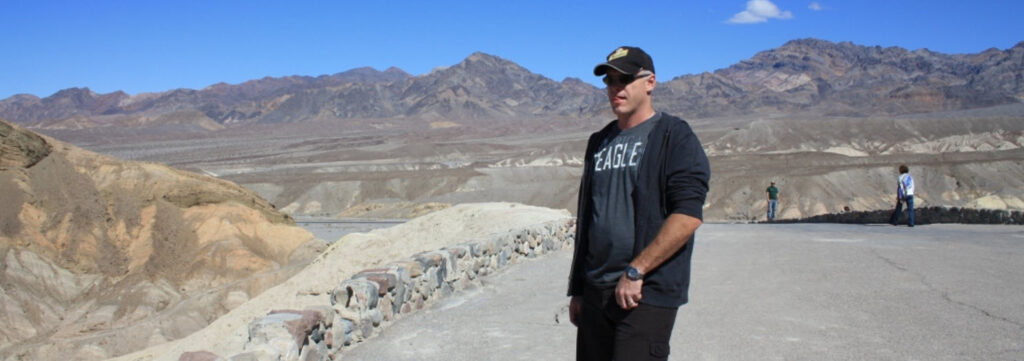
3. Channel Islands National Park
Channel Islands National Park, often referred to as the “Galapagos of North America,” is a secluded and pristine archipelago off the coast of Southern California that encompasses five remarkable islands — Anacapa, Santa Cruz, Santa Rosa, San Miguel and Santa Barbara. The isolation of these islands over thousands of years has led to the development of unique flora and fauna, some of which are found nowhere else on Earth.
Due to this, the park’s diverse ecosystems range from lush kelp forests to rugged cliffs making it a haven for wildlife and nature enthusiasts. Additionally, with its rich archaeological resources, the park also serves as a significant cultural and historical site, preserving traces of early Native American habitation.
Access Requirements and Location:
Access to Channel Islands National Park is exclusively by boat or small aircraft, with services provided by park concessionaires. The main departure points are from Ventura and Santa Barbara harbors, where visitors can catch ferries for day trips or overnight stays.
Advance planning is essential, especially for those looking to camp, as the islands are remote and services are limited. There are no entrance fees for the park itself, but transportation costs and camping fees apply.
Things to Do:
The park offers a wide array of activities that cater to adventurers and conservationists alikeincluding:
- Kayaking through sea caves, snorkeling and diving in kelp forests
- Hiking on secluded trails are among the most popular activities as well with each island offering a unique set of trails, ranging from leisurely walks to challenging hikes.
- Bird watching and wildlife viewing are exceptional, with the islands being home to numerous endemic species.
Accommodation:
There are no hotels, restaurants or other facilities on the islands, emphasizing the need for visitors to be self-sufficient. Camping is available on all five islands, but space is limited and reservations are required. Campers must bring all necessary supplies, including water in some locations as resources on the islands are extremely limited.
For those preferring more comfortable accommodations, the mainland cities of Ventura, Santa Barbara and Oxnard offer a range of lodging options from hotels and motels to bed and breakfasts, conveniently located near the departure points for island access.
Check out these: Best Hiking Trails in California
4. Yosemite National Park
Another favorite of mine, Yosemite National Park is a UNESCO World Heritage site famed for its breathtaking beauty, towering granite cliffs, ancient giant sequoias and some of the tallest waterfalls in the United States. Located in the Sierra Nevada mountains of California, Yosemite covers an area of approximately 1,200 square miles and attracts millions of visitors each year who come to marvel at iconic landmarks such as El Capitan, Half Dome, and Yosemite Falls.
Access Requirements and Location:
Yosemite National Park is accessible by car from several entrances including the west entrance via Highway 140, the south entrance via Highway 41, the northwest entrance via Highway 120 from the west, and the Tioga Pass entrance on Highway 120 from the east (seasonal).
The park is open year-round, but some areas, including the Tioga Pass and Glacier Point roads, are closed due to snow from late fall through early spring. Entrance fees are required, with various pass options available for visitors. Due to its popularity, especially in the summer months, visitors are encouraged to plan their trip well in advance and consider using the park’s shuttle system to reduce traffic and parking challenges.
Things to Do:
Yosemite offers a wide range of activities to suit all interests and fitness levels.
- Hiking trails abound, from easy strolls in the valley to challenging backcountry adventures.
- Rock climbing is world-class here, with El Capitan and Half Dome providing legendary ascents.
- Scenic drives through the park offer breathtaking views, while guided tours can enrich the experience with educational insights into the park’s history and geology.
- Skiing and snowshoeing opportunities are available in winter at Badger Pass Ski Area.
- Photography buffs need no introduction here either
Accommodation:
Inside Yosemite, accommodations range from rustic campgrounds to the luxurious Ahwahnee Hotel, catering to a variety of preferences and budgets. Reservations for lodgings and campgrounds within the park can fill up months in advance, especially during peak season, so early booking is essential.
For those who prefer to stay outside the park, nearby towns such as Mariposa, Oakhurst, Groveland and Lee Vining offer hotels, motels, bed and breakfasts and vacation rentals as well.
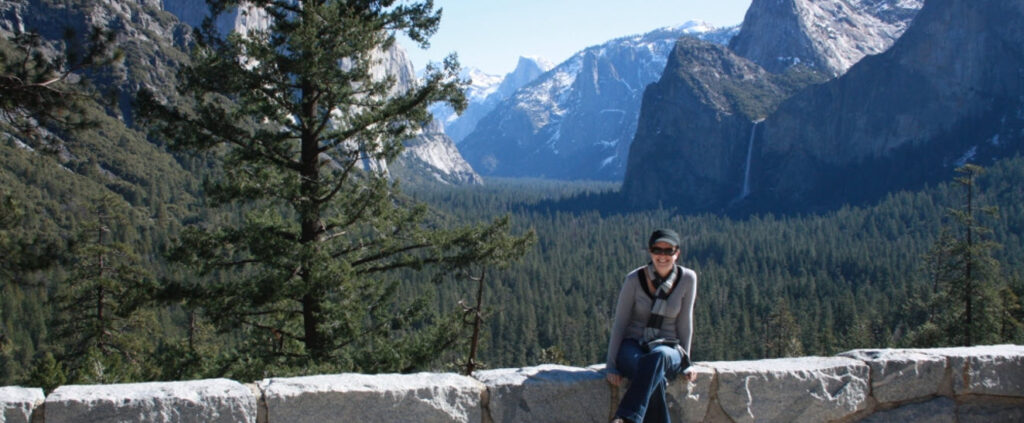
Check out these: Best Waterfalls in California
5. Pinnacles National Park
Pinnacles National Park, the United States’ newest national park (designated in 2013) is a hidden gem located in central California renowned for its unique geological features. Formed by the erosion of an ancient volcano, which has created a landscape of towering rock spires, deep canyons and cave systems, Pinnacles is a sanctuary for wildlife, including the critically endangered California condor.
Its relatively smaller size compared to other national parks in California does not detract from its beauty or the array of activities it offers, making it a fascinating destination for those looking to explore the great outdoors.
Access Requirements and Location:
Pinnacles National Park is divided into two sections: the East and West entrances, which are not connected by a road through the park. The East entrance is accessible via Highway 25 from Hollister, while the West entrance can be reached from Soledad via Highway 146. The park is open year-round, but the best time to visit is during the spring and fall when temperatures are more moderate.
Entrance fees are required for vehicles and individuals entering the park as due to its unique geological features and the presence of sensitive habitats, visitors are encouraged to stay on designated trails and respect wildlife guidelines.
Things to Do:
Hiking is one of the most popular activities in Pinnacles National Park, with trails ranging from easy walks to challenging hikes that offer stunning views of the rock formations and the surrounding landscapes. The park’s talus caves, Bear Gulch Cave and Balconies Cave, are unique features that provide an exciting exploration opportunity, though access can vary based on seasonal conditions and bat roosting patterns.
Rock climbing is another popular activity, with routes that cater to various skill levels. Bird watching is particularly rewarding here, especially for those hoping to catch a glimpse of the California condor.
Accommodation:
Inside the park, the Pinnacles Campground (located on the East side) offers tent and RV sites as well as group camping options. The campground also features a swimming pool, a camp store and showers for guests.
There are no hotels or lodges within the park boundaries however for those seeking more comfortable accommodations, nearby towns such as Hollister and Soledad provide a range of lodging options including hotels, motels and bed and breakfasts. These towns also offer dining and shopping amenities for visitors to the park.
6. Lassen Volcanic National Park
Lassen Volcanic National Park, nestled in Northern California, is home to steaming fumaroles, clear mountain lakes and numerous volcanoes, including Lassen Peak, one of the largest plug dome volcanoes in the world. The park’s unique geological features offer a glimpse into the Earth’s volcanic power as well with hydrothermal areas that are easily accessible to visitors.
Spanning over 106,000 acres, Lassen Volcanic National Park showcases a variety of ecosystems from lush meadows filled with wildflowers to stark lunar landscapes, making it a fascinating destination for nature lovers and adventure seekers alike.
Access Requirements and Location:
Lassen Volcanic National Park is located in northeastern California, roughly between the cities of Redding and Reno in Nevada. The main access points are via Highway 89, which runs north-south through the park and the park is open year-round.
The best time to visit is during the summer and early fall months when the snow has melted and the park’s roads, trails and facilities are fully accessible. Entrance fees are required for vehicles and individuals entering the park with various pass options available. Winter access is limited, with the main road through the park typically closed due to snow from late October through June, though some areas remain accessible for snowshoeing and skiing.
Things to Do:
Lassen Volcanic National Park offers a wide range of outdoor activities. Hiking is popular, with over 150 miles of trails that range from easy walks to strenuous hikes, including the climb to the summit of Lassen Peak for panoramic views.
The park’s hydrothermal areas, such as Bumpass Hell, Sulphur Works and Boiling Springs Lake, provide fascinating opportunities to see boiling mud pots, steaming vents and hot springs.
For those interested in water activities, the park’s lakes offer kayaking, canoeing and fishing in serene settings. Winter sports, such as snowshoeing and cross-country skiing, are popular in the colder months, with ranger-led programs available.
Accommodation:
There are several camping options available inside the park, including Manzanita Lake, Summit Lake and Butte Lake campgrounds, which provide a range of services from full RV hook-ups to tent-only sites. Backcountry camping is also available for those seeking a more secluded experience.
There are no hotels within the park boundaries however the nearby towns of Chester, Mineral and Burney offer lodging options including hotels, motels and vacation rentals. These towns also provide dining and shopping amenities for visitors to the park.
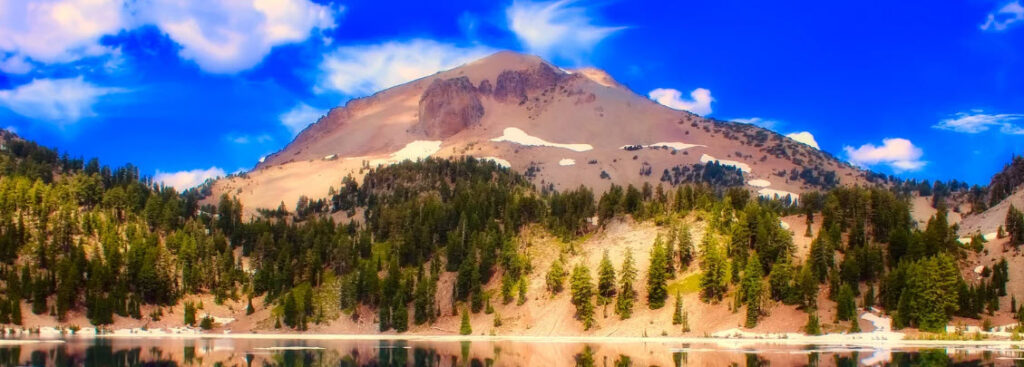
7. Redwood National and State Parks
Redwood National and State Parks, located along the coast of northern California, represent a sanctuary for the ancient coast redwoods, the tallest trees on Earth. This unique partnership between the National Park Service and the California State Parks system encompasses a vast region of over 139,000 acres, including four parks: Redwood National Park, Del Norte Coast, Jedediah Smith and Prairie Creek Redwoods State Parks.
These parks protect nearly half of the world’s old-growth redwoods, offering visitors a glimpse into primeval forests that once covered much of the northern Pacific Coast. The parks’ ecosystems also include prairies, oak woodlands, wild riverways and nearly 40 miles of pristine coastline, providing a diverse range of habitats for wildlife and plant species.
Access Requirements and Location:
The Redwood National and State Parks are located along U.S. Highway 101, which serves as the main route through the region and the parks stretch from Crescent City in the north to Orick in the south.
There are no entrance fees for the national park, but some of the state parks within the system may charge day-use fees. The parks are open year-round, but the best time to visit is during the spring and summer months when the weather is milder and all facilities and trails are more likely to be fully accessible.
Things to Do:
The parks offer a wide array of activities for visitors including:
- Hiking is one of the most popular ways to explore the ancient forests, with trails ranging from easy walks to challenging backcountry hikes.
- Scenic drives, including the Newton B. Drury Scenic Parkway and Howland Hill Road, offer spectacular views of the redwoods and access to various trailheads.
- Wildlife viewing is also a major attraction, with opportunities to see Roosevelt elk, black-tailed deer and a variety of bird species.
- Photography is also popular with the towering redwoods and lush fern undergrowth providing unparalleled natural backdrops.
The parks also offer educational programs, including ranger-led walks and talks that delve into the ecology and history of the region.
Accommodation:
Whilst there are no hotels within the parks, camping is available at several developed campgrounds including Jedediah Smith, Mill Creek, Elk Prairie and Gold Bluffs Beach. These campgrounds offer a range of facilities from tent sites to RV hookups. Backcountry camping is also permitted in designated areas with a permit.
For visitors looking for more comfortable accommodations, the nearby towns of Crescent City, Klamath and Orick offer a variety of lodging options including hotels, motels, bed and breakfasts and vacation rentals. These towns also provide dining and shopping amenities for park visitors.
8. Sequoia and Kings Canyon National Parks
Sequoia and Kings Canyon National Parks, adjacent and managed as a single unit in the southern Sierra Nevada mountain range of California, are a testament to nature’s size, beauty and diversity. These parks are home to some of the most magnificent natural wonders in the United States, including towering sequoias, deep canyons, vast cavern, and high mountain peaks.
- Sequoia National Park, established in 1890, is the second oldest national park in the United States and is famed for its giant sequoia trees, including the General Sherman Tree, the largest tree on Earth by volume.
- Kings Canyon National Park, established later in 1940, is renowned for its deep valleys including Kings Canyon itself, which is deeper than the Grand Canyon.
Together, these parks cover over 865,000 acres, offering a vast playground for nature lovers and outdoor adventurers.
Access Requirements and Location:
The parks are located in central California, roughly midway between Los Angeles and San Francisco. The main entrances are through Highway 180 for Kings Canyon and Highway 198 for Sequoia. While the parks are open year-round, some areas, especially in the higher elevations, are inaccessible during winter due to snow – as you can see by the pic of us taken in March below.
Entrance fees are required, with various pass options available for visitors and the parks’ roads, trails and facilities are most accessible from late spring through early fall, making this the best time to visit.
Things to Do:
Sequoia and Kings Canyon National Parks offer a wide range of activities. Hiking is a popular way to explore the parks, with trails ranging from easy walks among the giant sequoias to challenging hikes in the High Sierra. The parks also offer opportunities for rock climbing, horseback riding and spelunking in the Crystal Cave, a remarkable marble karst cave.
Scenic drives, such as the Generals Highway, connect the two parks and offer stunning views of the landscape and during winter, snowshoeing and cross-country skiing are popular activities as well.
Accommodation:
Inside the parks, there are several lodging options including the Wuksachi Lodge in Sequoia and the John Muir Lodge and Cedar Grove Lodge in Kings Canyon. These lodges offer comfortable accommodations in stunning natural settings. Additionally, the parks have numerous campgrounds that cater to both tent and RV camping, with some sites available by reservation and others on a first-come, first-served basis.
For those preferring to stay outside the parks, the nearby towns of Three Rivers (near Sequoia) and Fresno (closer to Kings Canyon) offer a range of hotels, motels and bed and breakfasts.
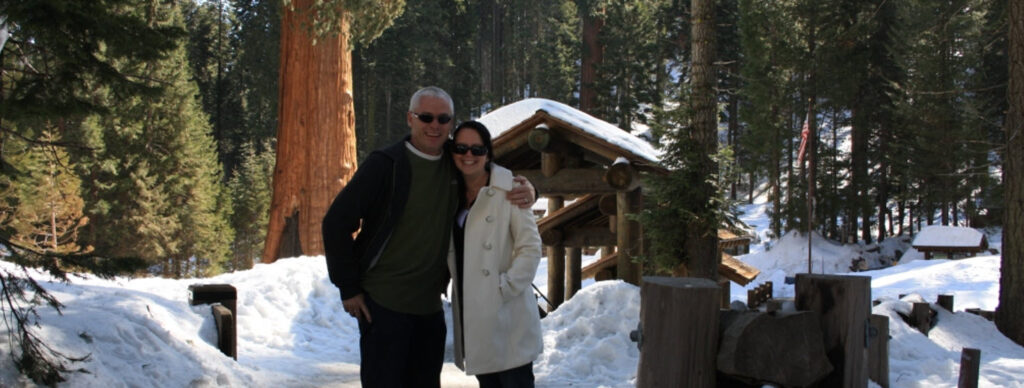
Unique Features of Californian National Parks
Californian national parks are renowned for their monumental trees, varied ecosystems and breathtaking landscapes that draw millions of visitors annually. Main attractions include:
Giant Sequoias
In the groves of Sequoia and Kings Canyon National Parks reside the giant sequoias, some of the largest trees on Earth by volume. The General Sherman Tree stands as a prime example, famous for its immense size and ancient presence.
Diverse Ecosystems
Within California’s national parks, one can find a mosaic of diverse ecosystems. From the desert landscapes of Joshua Tree to the alpine environments in Lassen Volcanic National Park, these areas support a vast array of wildlife and plant species.
Scenic Vistas
Scenic vistas abound in parks like Yosemite, where views such as Tunnel View offer sweeping panoramas of El Capitan, Half Dome, and Yosemite Falls. Coastal parks like Channel Islands showcase dramatic oceanic views coupled with marine biodiversity.
Recreational Activities
California’s national parks offer a great array of activities for visitors, with options ranging from serene camping spots to strenuous hikes. These parks cater to a variety of interests and skill levels, ensuring that every visitor finds a way to connect with nature including:
Hiking and Backpacking
- Yosemite National Park: Known for its iconic landscapes such as El Capitan and Half Dome, Yosemite offers over 800 miles of trails. Whether one prefers a gentle stroll like the Valley Loop or an ambitious trek like the John Muir Trail, the park accommodates all levels of hiking enthusiasts.
- Lassen Volcanic National Park: Despite the impact of the 2021 Dixie Fire, Lassen’s trails through its geothermal wonderland remain a draw. The park’s over 150 miles of hiking trails offer views of bubbling mud pots and crystal-clear mountain lakes.
Camping and Lodging
- Yosemite National Park: Yosemite’s campgrounds provide visitors with memorable stays beneath towering cliffs and among ancient sequoias. For those seeking comfort, the park also offers various lodgings, from the rustic to the luxurious.
- Lassen Volcanic National Park: Visitors can choose between numerous campgrounds, many of which put them in close proximity to the park’s hydrothermal areas. Options range from tent sites to cabin rentals, accommodating different preferences.
Wildlife Viewing
- Yosemite National Park: Yosemite’s diverse habitats are home to abundant wildlife including mule deer, black bears and over 400 species of birds. Observing these animals in their natural environment is a highlight for many park visitors.
-
Lassen Volcanic National Park: The park’s recovering landscapes continue to support wildlife such as mountain lions, black bears and various bird species, offering visitors the chance to witness the resilience of nature.
Conclusion
There you have it, my 10 best National Parks in California. I hope it has been helpful and as usual, please let me know of your experiences here or if there are any other must visit locations that I need to add.
Also, please do not hesitate to comment below if you have any questions, concerns, or corrections or would like me to check anything else out for you.
Until next time.
Have fun
Paul
